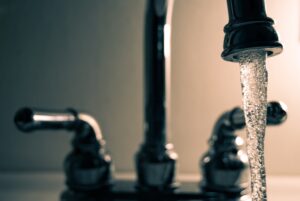Polychlorinated Biphenyls
Polychlorinated biphenyls (PCBs) are a mixture of individual chemicals which are no longer produced in the United States, but are still found in the environment. Health effects associated with exposure to PCBs include acne-like skin conditions in adults and neurobehavioral and immunological changes in children.
Exposure to Polychlorinated Biphenyls
The ATSDR’S ToxFAQ’s states that Polychlorinated Biphenyls can still be released into the environment due to improper and illegal disposal of industrial or consumer goods. They may stay in the environment for a long period of time. Below are some ways we can still be exposed to PCBs:
- Use of old electrical devices and appliances (potential source of skin exposure)
- Contaminated foods especially fish, meat, and dairy
- Breathing air near hazardous waste sites
- Drinking contaminated well water
- Working with PCB transformers or fluorescent lights

Health Effects of PCBs
- Acne and rashes
- Liver damage
PCBs are classified as a probable carcinogen.
Some health effects have been observed in children whose mothers were exposed to high amounts of PCBs. Children are mainly exposed to it through breast milk. In children, it has been seen to cause problems with their motor skills, decrease their short-term memory, and possibly affect their immune system
Preventing PCB Exposure
- If working with PCBs, shower and change clothes before leaving the workplace
- Discourage children from playing in dirt near hazardous sites
- Discourage children from putting hands or toys in mouth and encourage them to wash their hands often
- Follow advisories about contaminated fish and wildlife in your area
Sources
Learn more from ATSDR’s ToxFAQ’s for PCB’s
